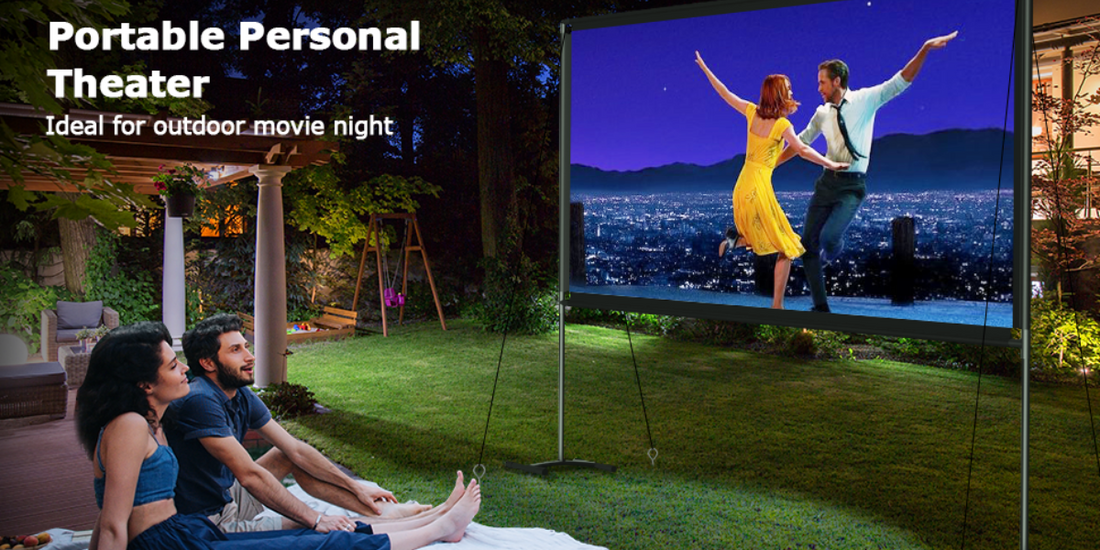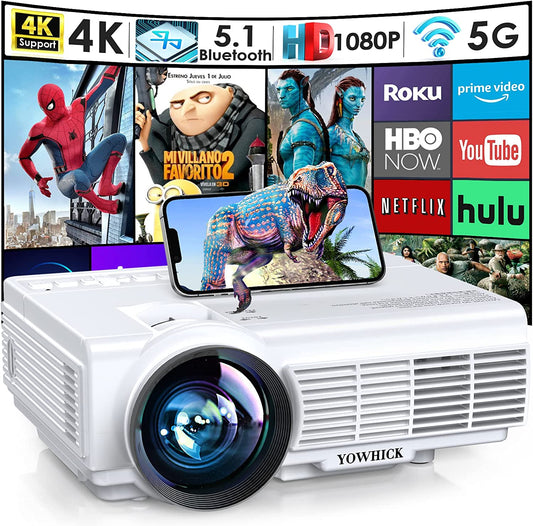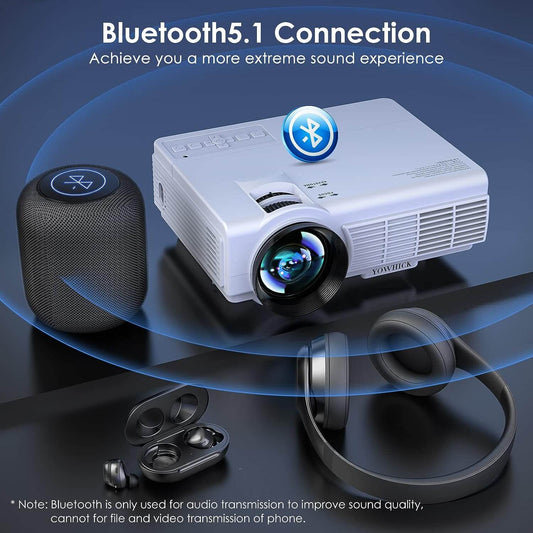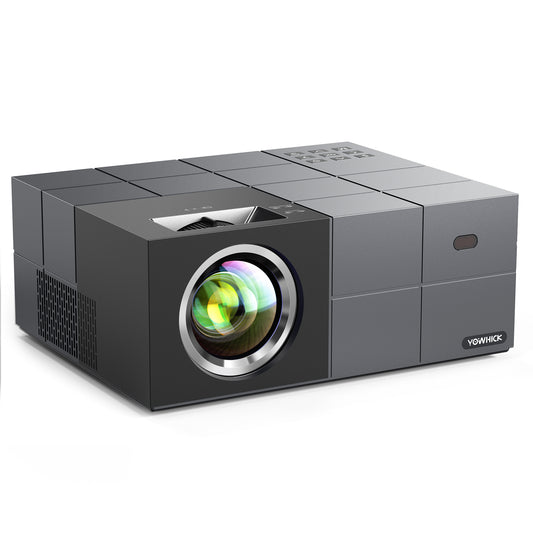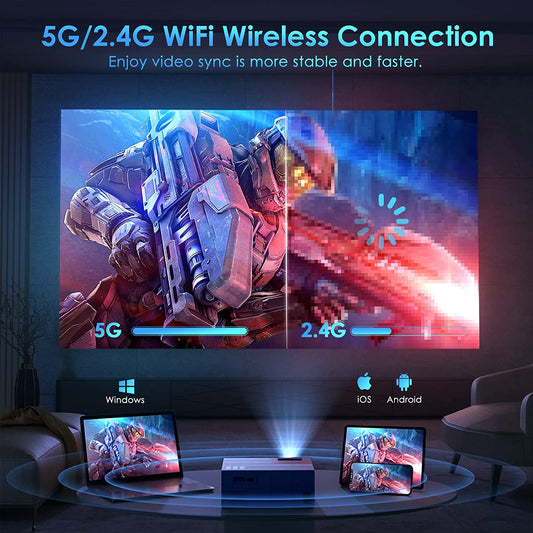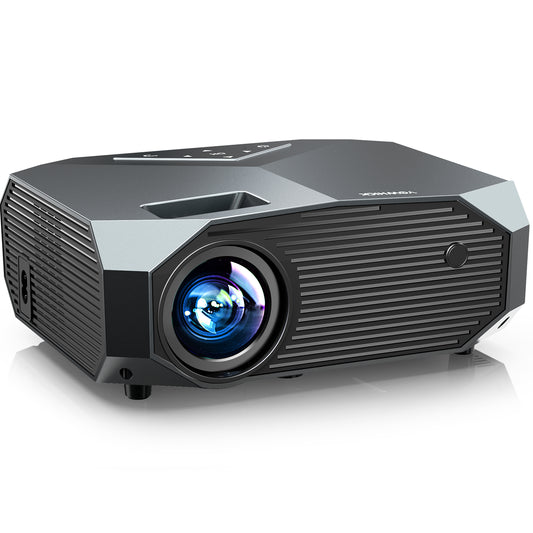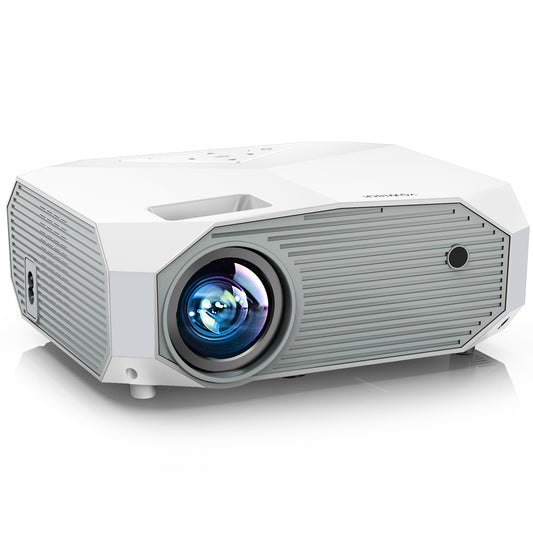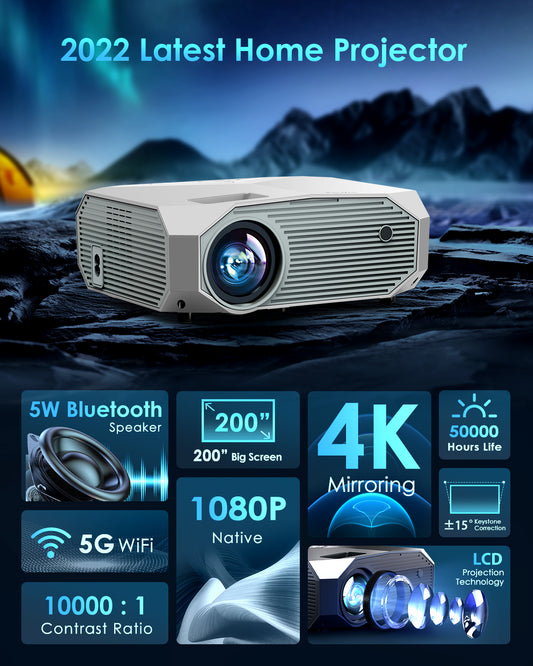The use of projectors for outdoor entertainment has become increasingly popular, providing a unique and immersive viewing experience. However, one common question that arises is whether it is possible to use a projector screen outdoors. In this article, we will explore the feasibility and considerations of using a projector screen in outdoor settings, discussing the challenges, benefits, and best practices to ensure optimal results for your outdoor projection experience.
Understanding Outdoor Projection Screens
Outdoor projection screens are specifically designed to withstand the demands of outdoor environments and provide a suitable surface for projecting images. Let's delve into their characteristics and benefits:
Material and Durability
Outdoor projection screens are typically made from weather-resistant and durable materials. They are designed to withstand various environmental conditions such as sunlight, wind, and moisture. The screen material is often specially formulated to enhance image quality and maintain optimal visibility even in outdoor settings.
Portability and Setup
Outdoor projection screens are designed to be portable and easy to set up. They often come with lightweight frames or freestanding structures that can be assembled and disassembled quickly. This portability allows for flexibility in choosing outdoor locations for your projection setup.
Size and Viewing Experience
Outdoor screens are available in a wide range of sizes, allowing for large-scale projections suitable for outdoor viewing. The larger screen size creates a more immersive and cinematic experience, making outdoor projection ideal for movie nights, sports events, or gatherings with a large audience.
Considerations for Using a Projector Screen Outdoors
While using a projector screen outdoors offers exciting possibilities, there are several factors to consider to ensure a successful outdoor projection experience:
Ambient Light Conditions
Outdoor environments are exposed to varying levels of ambient light, which can affect the visibility and image quality of the projected content. It is important to choose the right time of day or select a location that provides adequate control over ambient light. Evening or nighttime projections generally offer better contrast and image clarity due to reduced ambient light.
Weather Protection
Outdoor projection setups are subject to weather conditions, including rain, wind, and extreme temperatures. Ensure that your projector screen is designed for outdoor use and can withstand these elements. Look for screens with weather-resistant materials and sturdy construction to protect against potential damage. Additionally, consider using a canopy or tent to provide additional shelter for your projection setup.
Screen Stability
Outdoor environments can be prone to wind gusts or uneven surfaces that may affect the stability of the screen. Ensure that the screen is securely anchored or supported to prevent movement or toppling. Freestanding frames or weighted bases can help maintain stability even in windy conditions.
Audio Considerations
Outdoor projection setups often require separate audio arrangements due to the open-air nature of the environment. Consider using external speakers or a sound system to ensure adequate audio coverage for your outdoor audience.
Power Source
Ensure that you have a reliable power source for your projector and any additional audio equipment. Consider using extension cords or portable power solutions to provide sufficient power for your setup.
Screen Cleaning and Maintenance
Regularly clean and maintain your outdoor projection screen to ensure optimal image quality. Remove dust, dirt, and any debris that may accumulate on the surface. Follow the manufacturer's guidelines for cleaning and maintenance to prolong the lifespan of the screen.
Best Practices for Outdoor Projection Screen Usage
To ensure a successful outdoor projection experience, consider the following best practices:
Choose the Right Outdoor Screen
Select an outdoor projection screen that suits your specific needs and the environment in which it will be used. Look for screens specifically designed for outdoor use, with weather-resistant materials and appropriate screen size options.
Test the Setup
Before hosting an outdoor projection event, test your setup in similar outdoor conditions. This will allow you to identify and address any potential challenges or limitations, such as ambient light interference or audio coverage issues. Testing beforehand will help you optimize the setup and ensure a smooth experience during the actual event.
Optimal Placement
Carefully consider the placement of your projector screen outdoors. Choose a location that provides a clear line of sight for all viewers and minimizes potential obstructions or distractions. Ensure that the screen is positioned at a comfortable viewing height and angle for the audience.
Manage Ambient Light
To optimize image visibility, control and minimize ambient light as much as possible. Position your outdoor screen in a shaded area or consider using a canopy or tent to create a darker environment. You can also strategically position the seating area to reduce the impact of ambient light on the screen.
Consider Audio Solutions
Outdoor environments can pose challenges for audio quality. Invest in external speakers or a sound system that can deliver sufficient volume and clarity for the outdoor setting. Consider factors such as speaker placement and audio coverage to ensure an immersive audio experience.
Secure the Setup
To prevent accidental damage or disruption, secure your outdoor projection setup properly. Use stakes, weights, or other anchoring methods to secure the screen, projector, and any supporting structures. This will help withstand wind gusts and ensure a stable and uninterrupted projection experience.
Adapt to Changing Conditions
Outdoor environments can be unpredictable. Stay prepared for unexpected weather changes, such as rain or wind. Have contingency plans in place, such as having a backup indoor venue or rescheduling the event if necessary.
Conclusion
Using a projector screen outdoors can provide a unique and enjoyable viewing experience. By considering factors such as ambient light conditions, weather protection, screen stability, audio considerations, power sources, and screen cleaning, you can ensure a successful outdoor projection setup. Remember to choose a suitable outdoor projection screen, test the setup in advance, and optimize the placement and management of ambient light. With proper planning and implementation, you can create memorable outdoor projection events that captivate your audience and bring entertainment to new horizons.

